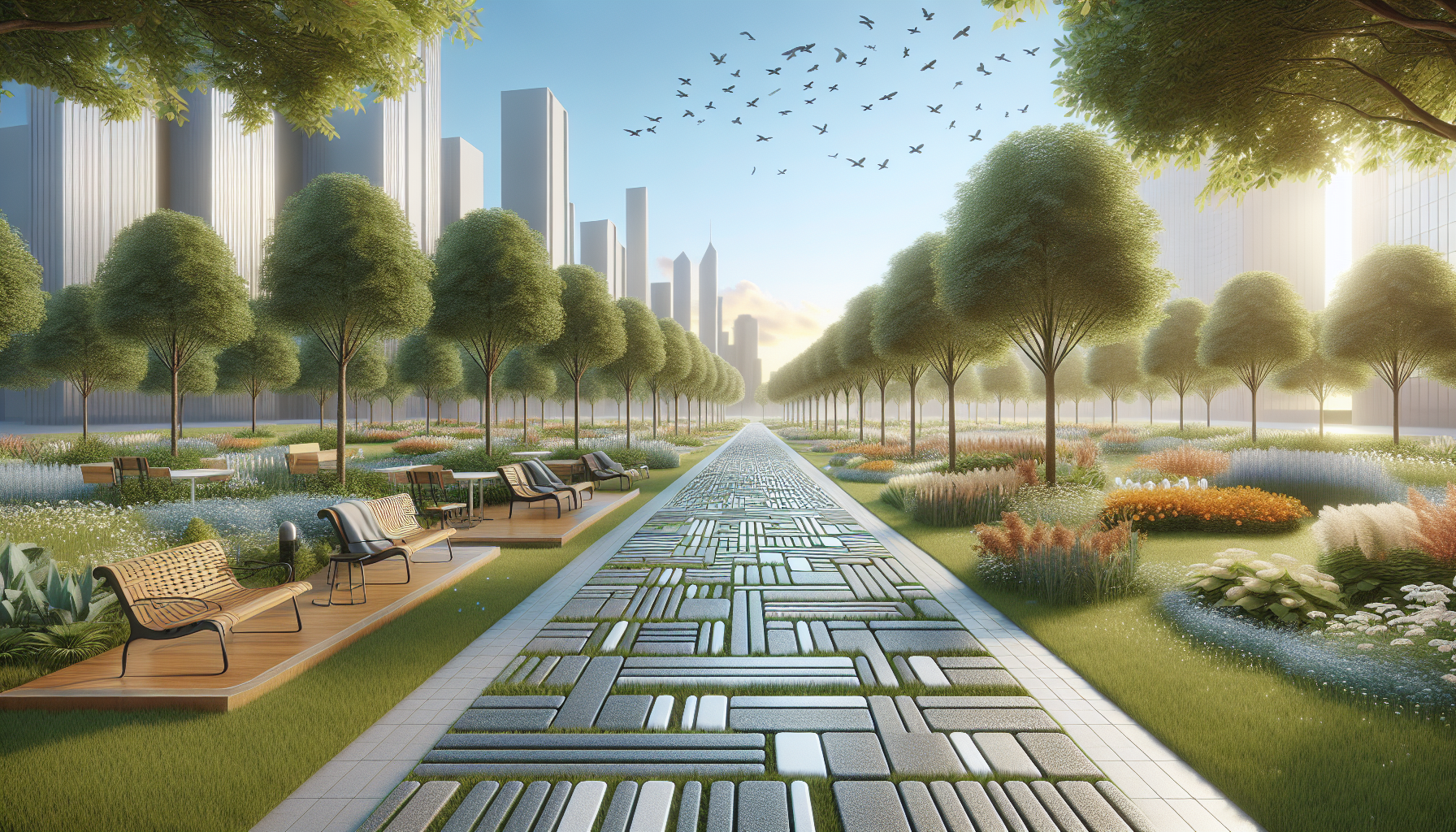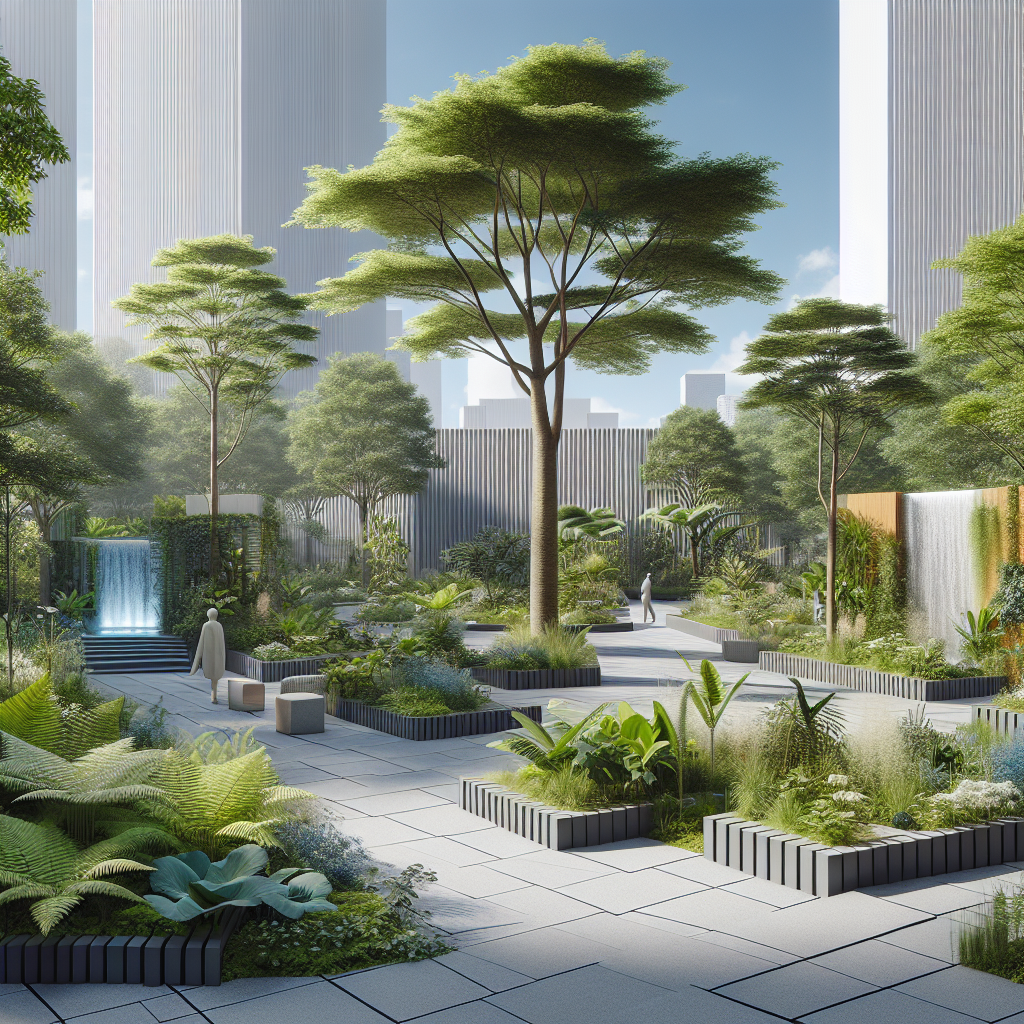Urban planning is a critical aspect of developing functional, livable cities. However, beyond the structural and aesthetic considerations, there is an important component that often goes unnoticed: sensory needs. By incorporating sensory-friendly designs, urban planners can create environments that are more accessible and comfortable for all individuals, including those with sensory processing disorders or heightened sensory sensitivities.
Understanding Sensory Health in Urban Environments
Sensory health refers to the way our bodies process and react to sensory stimuli. This includes the five traditional senses—sight, sound, touch, taste, and smell—as well as proprioceptive (sense of body position) and vestibular (sense of balance) senses. For more comprehensive information on sensory health, readers can refer to Avix Health’s Sensory Health Overview.
In urban environments, sensory stimuli are abundant. The sounds of traffic, the bright lights of billboards, the varied textures of urban architecture, and the myriad of smells from restaurants and vehicles can all be overwhelming, especially for individuals with sensory processing challenges.
Sensory Considerations in Urban Planning
Urban planners have the opportunity to create inclusive spaces by considering the sensory needs of all citizens. This involves understanding the potential sensory impacts of urban features and designing with those in mind. For instance, Innovative Strategies for Sensory Health Education can provide insights into how sensory health knowledge can be incorporated into public space design.
Noise Reduction
Noise pollution is a significant issue in cities. Planners can use materials that absorb sound and design quiet zones to provide respite. The use of green spaces, water features, and sound-dampening landscaping can create pockets of tranquility amidst the urban hustle.
Visual Harmony
Overstimulation can also come from visual sources. A balance between stimulating and restful visuals is crucial. Urban planners can achieve this through the careful placement of signage, the use of calming color schemes, and the integration of natural elements, as discussed in Sensory-Friendly Solutions for Workplace Productivity.
Tactile Experiences
Textures play a role in how we experience our environment. Urban spaces can include diverse tactile experiences, such as smooth benches for those who seek calming surfaces, and textured pathways for those who need more sensory input. Sensory gardens with various plants can also be beneficial, as described in Creating Sensory Friendly Classroom Settings for Diverse Learners.
Inclusive Play and Recreation
Playgrounds and recreational areas in urban settings should cater to a range of sensory needs. Equipment that offers different levels of sensory input, like swings with harnesses or tactile play panels, allows children of all abilities to engage and enjoy playtime.
Sensory Wayfinding
Navigating a city can be daunting. Sensory wayfinding incorporates auditory signals, tactile paths, and visual cues to help individuals with sensory sensitivities move through urban spaces confidently. This approach can be reinforced by learning from The Significance of Sensory Input in Neuropsychiatric Disorders.
Implementing Sensory-Smart Urban Features
To support sensory needs in urban planning, it is essential to implement features that cater to these considerations.
Quiet Zones and Sensory Rooms
Creating designated quiet areas or sensory rooms within public spaces provides a haven for those who need to retreat from sensory overload. These spaces are equipped with dimmable lights, soundproofing, and comfortable seating.
Sensory-Inclusive Public Transportation
Public transportation can be particularly challenging for those with sensory sensitivities. Buses and trains with designated quiet zones, clear signage, and non-fluorescent lighting can make travel more accessible.
Adaptive Infrastructure
Infrastructure can be adapted to accommodate sensory needs. Examples include textured paving for the visually impaired, crosswalks with audio cues, and benches with options for privacy.
Green Spaces
Green spaces not only provide aesthetic and environmental benefits but also serve as sensory buffers. Trees and plants can act as natural sound barriers and air purifiers, contributing to a more sensory-friendly atmosphere.
Collaboration and Community Involvement
The success of sensory-friendly urban planning relies on collaboration between architects, planners, health professionals, and the community. Involving individuals with sensory processing challenges in the planning process ensures that their needs are adequately represented and met.
External Resources for Further Reading
To further explore the integration of sensory needs in urban planning, the following resources provide valuable insights:
- The Center for Universal Design: Offers guidelines on universal design principles that can be applied to urban planning.
- The Sensory Trust: Provides information on creating accessible and inclusive environments for people with sensory impairments.
- The Urban Land Institute: Features studies and reports on creating sustainable and livable cities, with considerations for inclusivity and accessibility.
By embracing sensory-friendly design, urban planners can create cities that are not only functional and beautiful but also inclusive and supportive of the diverse needs of their inhabitants. Implementing sensory considerations in urban planning is not just about accessibility; it’s about enhancing the quality of life for everyone in the community.



